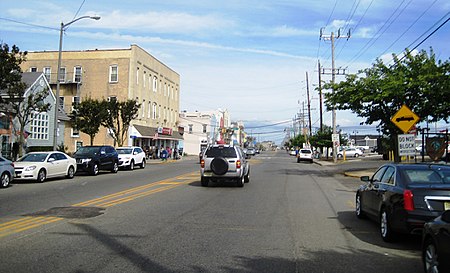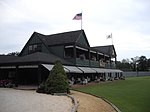Sea Bright, New Jersey

Sea Bright is a borough in Monmouth County, New Jersey, United States. As of the 2010 United States Census, the borough's population was 1,412, reflecting a decline of 406 (-22.3%) from the 1,818 counted in the 2000 Census, which had in turn increased by 125 (+7.4%) from the 1,693 counted in the 1990 Census.Sea Bright was formed as a borough by an act of the New Jersey Legislature on March 21, 1889, from portions of Ocean Township, based on the results of a referendum held the previous day. The borough was reincorporated on March 10, 1897. Additional portions of Ocean Township were annexed by the borough in March 1909.Some sources attribute the name to a suggestion made by Martha Bayard Stevens, The borough and other sources say that the borough was named for Sea Bright, England, though there is no evidence such a place exists. Earlier sources often spell it as one word, "Seabright", as seen in the United States Coast Guard's Station Seabright and the Seabright Lawn Tennis and Cricket Club.
Excerpt from the Wikipedia article Sea Bright, New Jersey (License: CC BY-SA 3.0, Authors, Images).Sea Bright, New Jersey
Osborne Place,
Geographical coordinates (GPS) Address Nearby Places Show on map
Geographical coordinates (GPS)
| Latitude | Longitude |
|---|---|
| N 40.359432 ° | E -73.974892 ° |
Address
Osborne Place 33
07760
New Jersey, United States
Open on Google Maps









